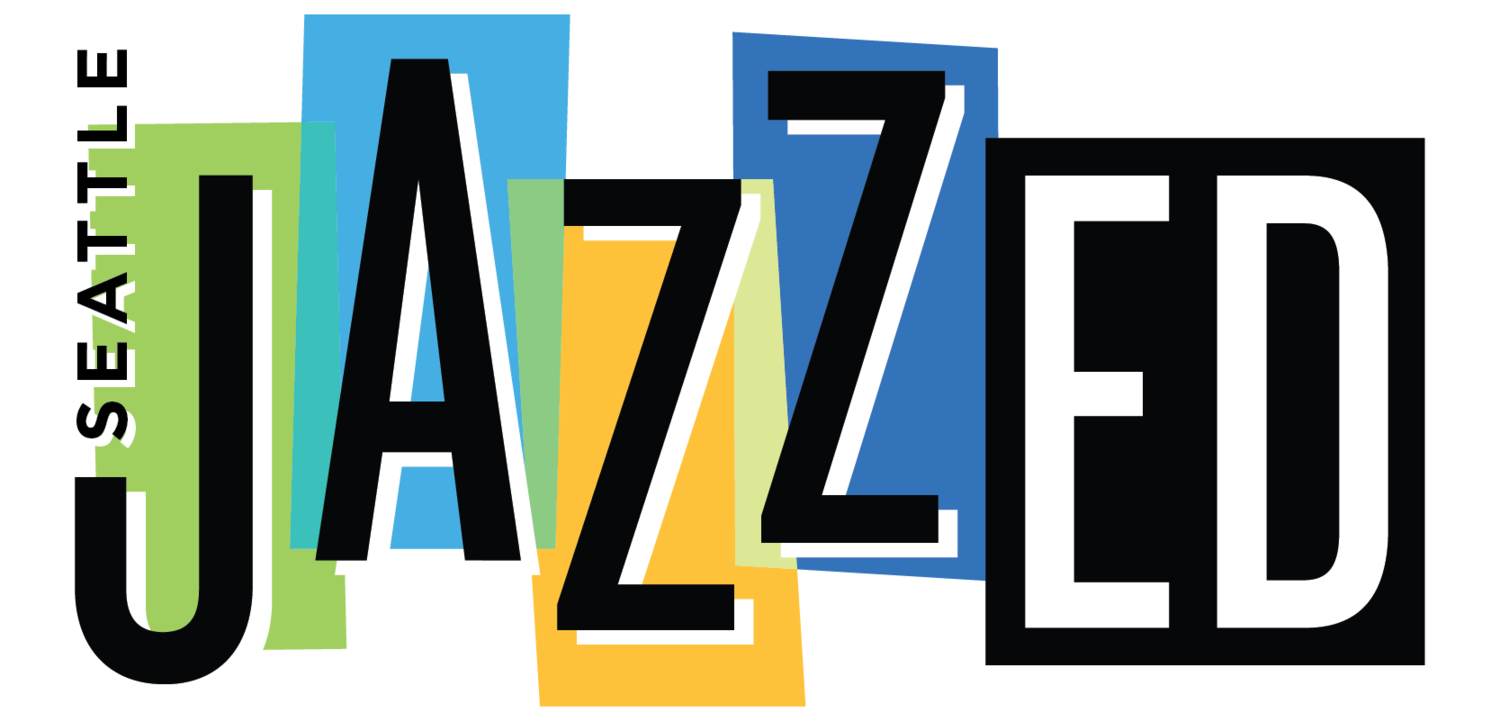Jazz Music Education as a Tool for Liberation
/This is part two of a four-part series where we dive into the sections of our mission statement. Read part one here.
Jazz is more than a genre; it’s a vibrant art form, a call to action, and a language of expression.
With its deep roots in the African American community, jazz is a genre that embodies musical freedom and is as a testament to resilience, creativity, and the power of expression in the face of oppression. It’s a medium for musicians to express their experiences, emotions, and dreams.
At Seattle JazzED, we take pride in being part of the ongoing legacy of jazz and contributing to a larger movement of cultural appreciation, understanding, and social justice. Through our programs, we aim to create an environment where students can break free from constraints, be they self-imposed limitations, societal expectations, or conventional norms.
By immersing themselves in the improvisational nature of jazz, our students discover a profound sense of autonomy and unlock boundless possibilities for personal growth.
Jazz Music Education as a Tool for Liberation
Jazz emerged during the early 20th century in New Orleans, where African, European, and Caribbean musical traditions blended with other stylings like ragtime, blues, and marches.
Rooted in African American communities, jazz emerged from a rich tapestry of influences, not limited to, but encompassing the experiences of Black Americans and their enduring struggles with oppression and racism.
Jazz music is a testament to the resilience and creativity of a marginalized community that found solace and expression through music, transcending boundaries and forging new paths in the art world.
Legendary jazz musicians used jazz as a form of liberation and creative release to address the constraints and turmoil of life. Billie Holiday’s Strange Fruit narrates the treatment of Black Americans during the Jim Crow era and became an anthem for equality, while Sonny Rollins’ Freedom Suite addresses the civil rights movement that defined the 1960s in America (NY Jazz Workshop). These songs serve as a small example of jazz’s role in highlighting injustices and inspiring change.
To sustain the historical and powerful nature of the genre, we aim to offer a music education and experience that serves as a catalyst for cultural, social, and musical liberation for our students.
Cultural Expression
At JazzED, we delve into the historical and cultural context of jazz, emphasizing its roots in African and African American traditions to provide a more well-rounded educational experience. Setting this context lets students from similar heritage feel a sense of pride and identity, contributing to liberation by creating a deep connection to one’s roots.
Jazz is a living music that transcends borders, drawing influences and elements from other cultures of people in the room. From Latin jazz, which weaves Cuban rhythms and percussion instruments, to bebop, characterized by complex harmonies and fast tempos, these subgenres enrich jazz and define its dynamic and inclusive nature. Students gain a more holistic appreciation of the universality of jazz and can break free from cultural insularity by connecting with their own roots and exploring the global diversity of the genre.
Social Liberation
Jazz encourages collaboration, ensemble playing, and community involvement.
Within the JazzED community, students learn to communicate effectively through music, creating a sense of unity and shared purpose. Students work closely with one another, improvising and harmonizing in real-time. This collaborative process encourages teamwork, respect, and effective communication.
As students develop in their musicianship, there are opportunities to perform. Whether it’s during an Open House at the end of the quarter or a local gig at a festival, performing promotes a sense of responsibility and engages them more with the community. Our students play alongside their educators, creating intergenerational interactions that encourage mutual understanding, as musicians and individuals.
As empathy grows and students actively engage with their communities, a profound sense of belonging is nurtured, paving the way for social liberation.
Musical Liberation
Jazz music education equips students with the fundamentals of the genre, such as improvisation, harmonic progressions, and rhythm. And our educators use jazz as a vehicle to help students engage in life-long music making.
Using the learned foundations, students are encouraged to take risks and trust their instincts to break away from conventional music structures. Eventually, they become more open to new perspectives and possibilities to develop their own musical styles.
Ultimately, the objective is for JazzED students to become life-long music makers, capable of playing independently and collaboratively, whenever and however they want. We want to liberate our students from the reliance on sheet music and teacher-led counts, setting them up with musical knowledge that extends far beyond the classroom.
“The most liberating thing we do is teach skills that one must possess to be life-long music makers.”
Not Just Music
In jazz, we find not just music, but a transformative tool for cultural, social, personal, and musical liberation.
We invite you to join us at Seattle JazzED, whether as a parent, educator, student, supporter, or however else you would like to show up. Together, we can explore jazz education as a tool for liberation for the youth in our shared community.






